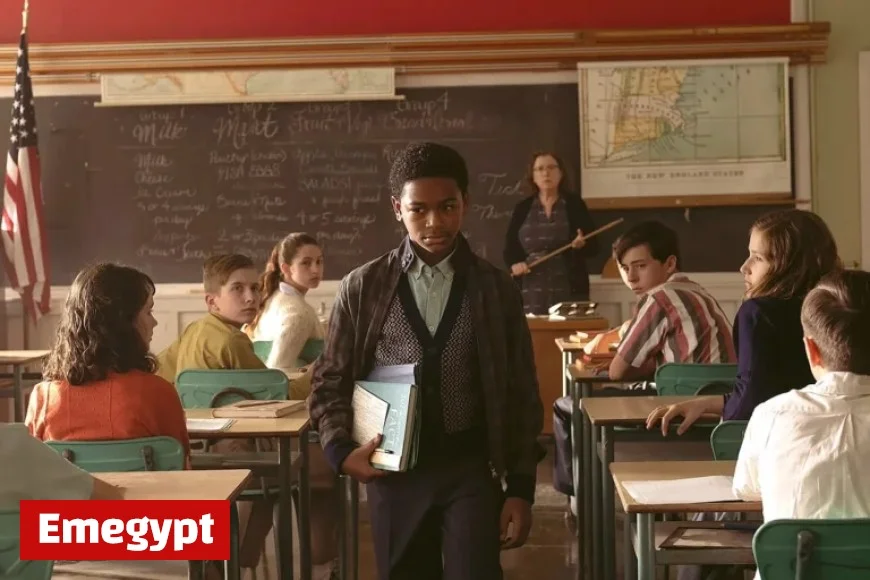HBO’s Stephen King Adaptation Masterfully Tackles a Complex Issue

The HBO series “Welcome to Derry,” based on Stephen King’s universe, explores deep fears within the fictional town of Derry, Maine. Set in 1962, the show delves into the experiences of its Black residents amidst supernatural terror.
Complex Themes in “Welcome to Derry”
The show goes beyond the typical horror narrative. While supernatural evils, such as the demonic clown Pennywise, haunt children in Derry, real-life horrors plague the town’s marginalized communities. The first episode introduces viewers to two main character groups: a group of kids and certain members of the U.S. Air Force.
Plot Overview
- Characters: The story follows children investigating the disappearance of their friend Matty and military personnel grappling with societal issues.
- Key Event: The monster claims its first victims when children summon the evil presence while searching for Matty.
In the second episode, titled “The Thing in the Dark,” the aftermath of a tragic event unfolds. The children meet a grim fate at a movie theater where Hank Grogan, a Black projectionist, works.
Racial Dynamics and Fear
Hank’s daughter, Veronica, desperately seeks answers about her father’s situation as he faces blame for the children’s deaths. Meanwhile, the series highlights the struggles of Black characters navigating both supernatural and societal threats.
- Major Characters:
- Hank Grogan – Projectionist facing racism.
- Veronica – Hank’s daughter, confronted by supernatural forces.
- Maj. Leroy Hanlon – A Black officer facing prejudice.
As the storyline progresses, the interactions emphasize the stark realities of racism. Veronica’s haunting experiences include a terrifying dream where Pennywise appears in the guise of her deceased mother, highlighting the trauma Black women face regarding maternal health.
Exploration of Social Issues
The show does not shy away from difficult topics, depicting Black characters experiencing fear from both the supernatural and societal dynamics. The pressures faced by characters, especially in the military, reveal a duality of horror—the fictional threats and the very real prejudices encountered in everyday life.
Conclusion
“Welcome to Derry” intricately weaves social commentary into the fabric of horror. This series presents a unique narrative that shines a light on real fears, making the supernatural elements serve as a chilling backdrop to the harsh realities of marginalized communities.
Through its characters, the show invites viewers to confront the notion that sometimes, the darkest threats come not from monsters lurking in the shadows but from societal structures that perpetuate fear and discrimination.
































